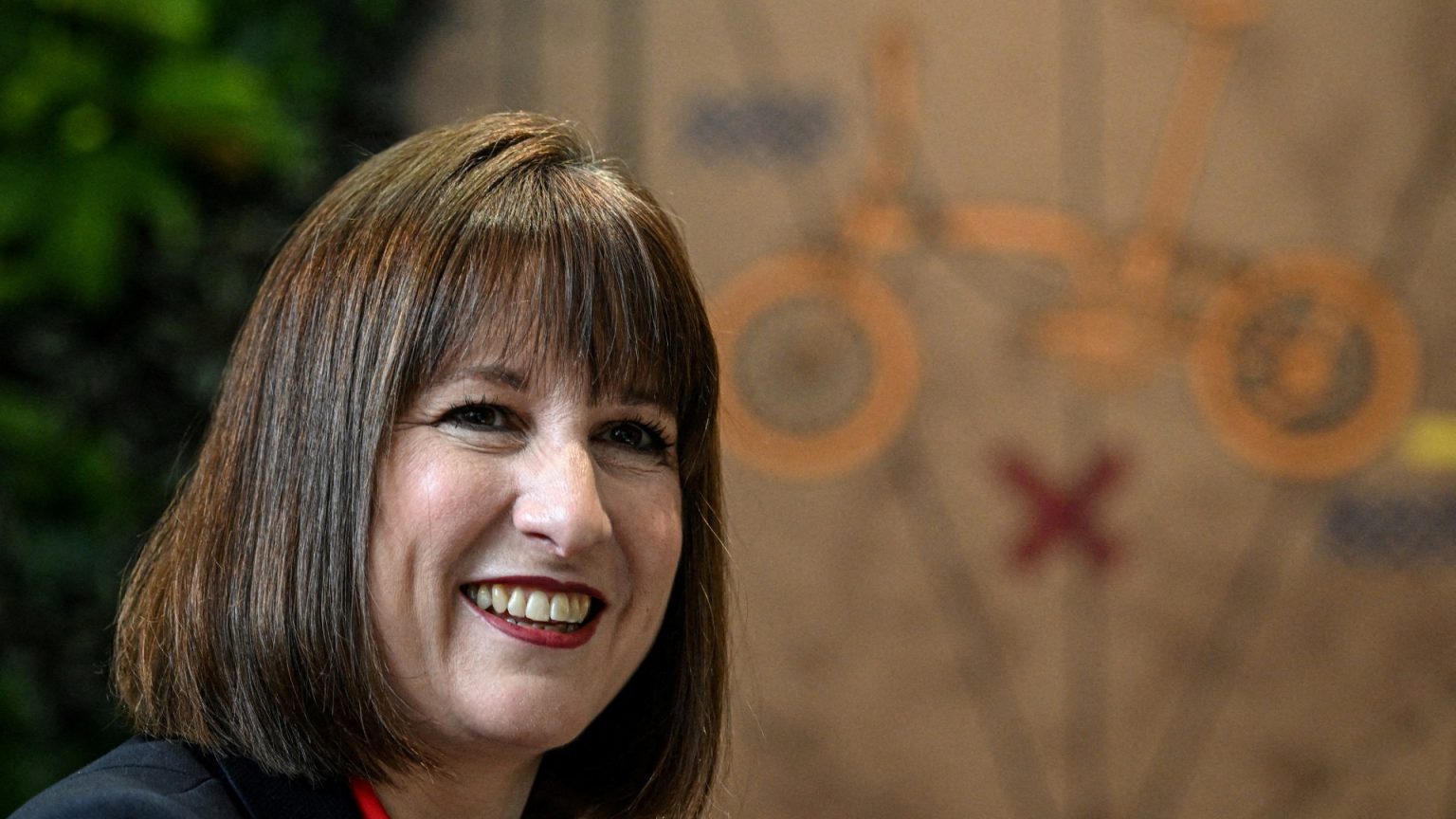Paragraph 1: A Glimmer of Hope Amidst Economic Pressure
Chancellor Rachel Reeves received a welcome respite as inflation eased slightly in December, defying expectations and offering a potential turning point in the ongoing economic challenges. The Consumer Price Index (CPI) dropped by 0.1% to 2.5%, a marginal yet significant decrease attributed to factors like lower hotel prices and a slower rise in airfares. This positive development has fueled speculation that the Bank of England might cut interest rates by 0.25% to 4.5% in February, providing much-needed relief to homeowners burdened by high borrowing costs. A second rate cut is anticipated later in the year, further bolstering hopes of an economic recovery.
Paragraph 2: Cautious Optimism Tempered by Looming Challenges
Despite the encouraging inflation figures, experts caution against excessive optimism, warning that the Chancellor’s relief could be short-lived. Retailers have signaled potential price hikes to offset the costs imposed by the Autumn Budget, raising concerns about the future trajectory of inflation. The British Retail Consortium predicts food inflation could reach 4.2% this year, posing a significant challenge to household budgets. Furthermore, rising oil prices could translate into higher fuel costs, adding another layer of pressure on consumers and businesses alike.
Paragraph 3: Navigating the Tightrope of Fiscal Policy
The government faces a delicate balancing act as it grapples with the complex interplay of inflation, economic growth, and public finances. Prime Minister Sir Keir Starmer has refused to rule out further tax increases, a stance that underscores the difficult choices ahead. While the government aims to stimulate growth and alleviate the cost-of-living crisis, the need for fiscal responsibility and debt management remains a paramount concern. The ongoing debate over tax policy highlights the tension between supporting struggling families and maintaining sustainable public finances.
Paragraph 4: Focus on Growth and Regulatory Reform
Chancellor Reeves has emphasized economic growth as the government’s top priority, aiming to create jobs, boost incomes, and fund essential public services. She is scheduled to meet with regulators, including Ofcom and Ofgem, to discuss strategies for reducing red tape and fostering a more conducive environment for investment. This focus on regulatory reform underscores the government’s commitment to removing barriers to investment and promoting economic dynamism.
Paragraph 5: Interest Rate Cuts and the Path to Recovery
The prospect of interest rate cuts in February and later this year signifies a potential shift in monetary policy. Lower interest rates could stimulate borrowing, investment, and economic activity, contributing to a broader recovery. The Bank of England’s decision will be influenced by various factors, including inflation trends, employment data, and overall economic growth prospects. Market analysts are divided on the extent of future rate cuts, but the prevailing view anticipates at least one reduction in the coming months.
Paragraph 6: The Interconnectedness of Economic Factors
The interplay between inflation, interest rates, fiscal policy, and regulatory reform underscores the complex and interconnected nature of economic challenges. While lower inflation offers a welcome reprieve, the government must address the underlying factors driving price increases and ensure that economic growth is sustainable and inclusive. The Chancellor’s focus on growth and regulatory reform, coupled with potential interest rate cuts, represents a multi-pronged approach to navigating the current economic landscape and building a more resilient and prosperous future.




